The latissimus dorsi (often referred to as the “lats”) is one of the largest and most powerful muscles in the human body, playing a crucial role in upper body movement and stability. It’s essential for those engaged in weight training and sports, especially in exercises targeting back strength and posture. To fully appreciate the latissimus dorsi’s function, it’s necessary to understand its origin, insertion, and overall role in human movement.
Origin of the Latissimus Dorsi
The latissimus dorsi originates from a wide area of the body, spanning the lower back and pelvis. Specifically, its origin is located at:
-
The spinous processes of the lower six thoracic vertebrae (T7-T12).
-
The lumbar vertebrae (L1-L5).
-
The sacrum and iliac crest (part of the pelvis).
-
The lower three or four ribs.
This broad origin allows the latissimus dorsi to cover a substantial area of the back, providing the muscle with a wide base for generating force.
Insertion of the Latissimus Dorsi
The latissimus dorsi muscle inserts on the humerus, specifically the intertubercular groove (bicipital groove) of the upper arm bone. This attachment point allows the latissimus dorsi to influence shoulder movement, especially in actions like pulling and extending the arm. When the lats contract, they pull the humerus down and toward the body, enabling motions like pulling oneself up in a chin-up or performing a lat pulldown.
Actions and Function of the Latissimus Dorsi
The latissimus dorsi plays a key role in various movements of the upper body. Its actions are mainly involved in:
-
Adduction of the arm – This is when the arm moves closer to the body, like in a pull-up or a rowing motion.
-
Extension of the shoulder – This happens when the arm moves backward, as in swimming or rowing.
-
Internal rotation of the arm – This rotation of the arm inward toward the body is important in various pushing motions.
-
Depression of the scapula – The lats can help pull the shoulder blades downward, which is crucial in certain movements like push-ups or shoulder presses.
These actions make the latissimus dorsi indispensable for both functional movement and strength training exercises.
Understanding Latissimus Dorsi Attachments
The lats’ broad range of origin and insertion points, as well as its connections to the humerus, pelvis, and spine, give the muscle its power and versatility. The latissimus dorsi not only facilitates movement but also contributes to the stabilization of the spine and pelvis during dynamic actions.
Training and Conditioning the Latissimus Dorsi
Given its size and importance, training the latissimus dorsi is key to overall back strength and upper body fitness. Exercises such as pull-ups, lat pulldowns, and rows are fundamental in building and strengthening the lats. These movements work through the muscle’s full range of motion, targeting both the origin and insertion points.
From personal experience, I've found that incorporating exercises like wide-grip pull-ups and barbell rows has been incredibly effective for developing a strong, balanced back. Proper form is critical to avoid overstressing the lower back and to engage the lats effectively. I also recommend focusing on controlled, deliberate movements, especially during the eccentric phase (when the muscles lengthen), to maximize growth and prevent injury.
The Latissimus Dorsi in Posture and Athletic Performance
The latissimus dorsi contributes not just to strength but also to posture. A strong set of lats helps maintain an upright posture by stabilizing the spine and preventing excessive rounding of the shoulders. In athletes, having strong lats is essential for sports involving overhead movements, like swimming, gymnastics, and weightlifting.
Moreover, understanding the latissimus dorsi’s function helps with injury prevention. Weak or underdeveloped lats can lead to poor posture and inefficient movement patterns, which may result in shoulder or lower back injuries. Regular training of the lats helps maintain balance in the upper body and reduces strain on other muscle groups, contributing to overall functional strength.
Conclusion
The latissimus dorsi is not just a back muscle but a powerhouse that influences the movement of the upper body in a variety of ways. Its origin and insertion points, along with its functional contributions, make it essential for both athletic performance and daily movement. Whether you’re a fitness enthusiast or a professional athlete, training the latissimus dorsi should be a priority to ensure strength, stability, and injury prevention in the upper body.


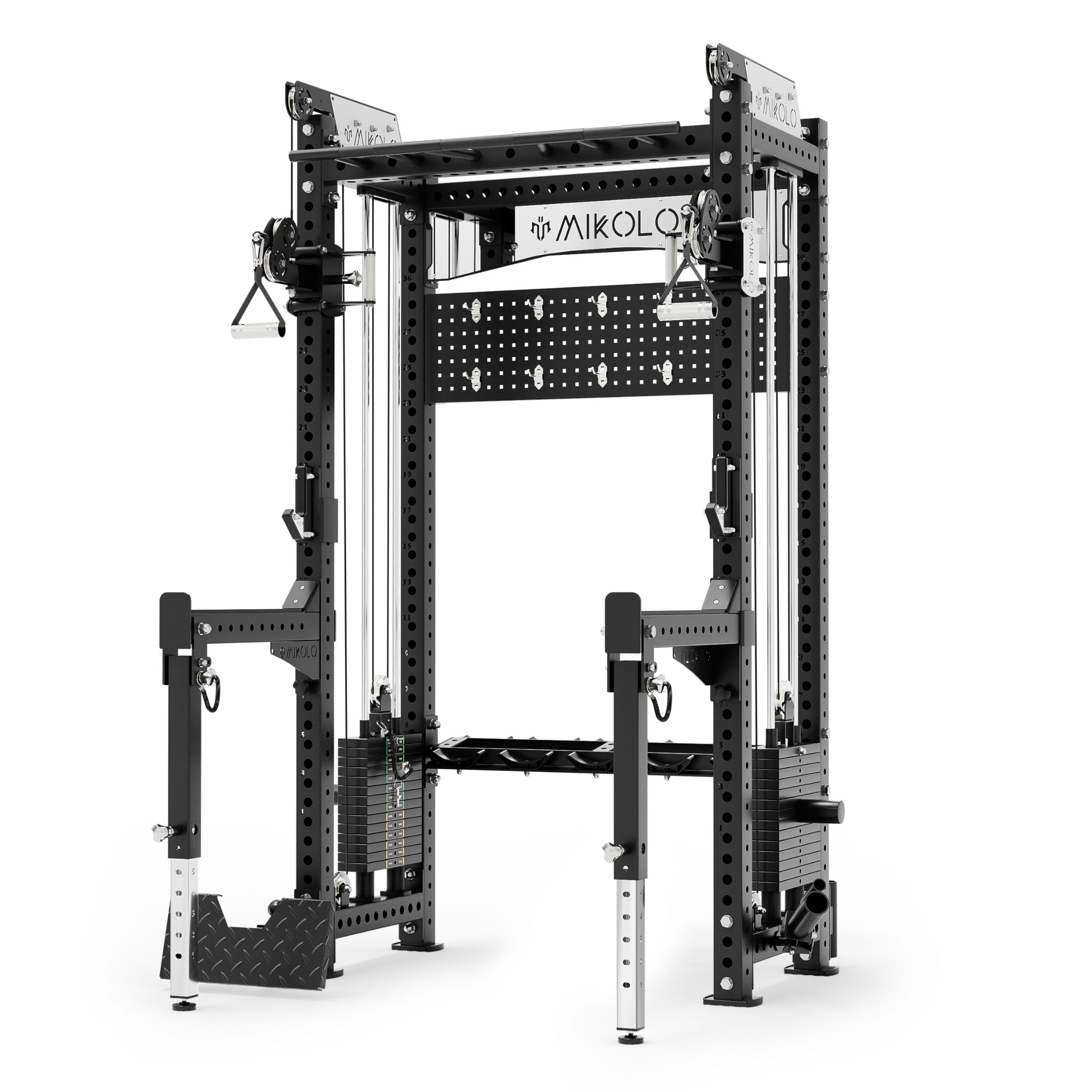
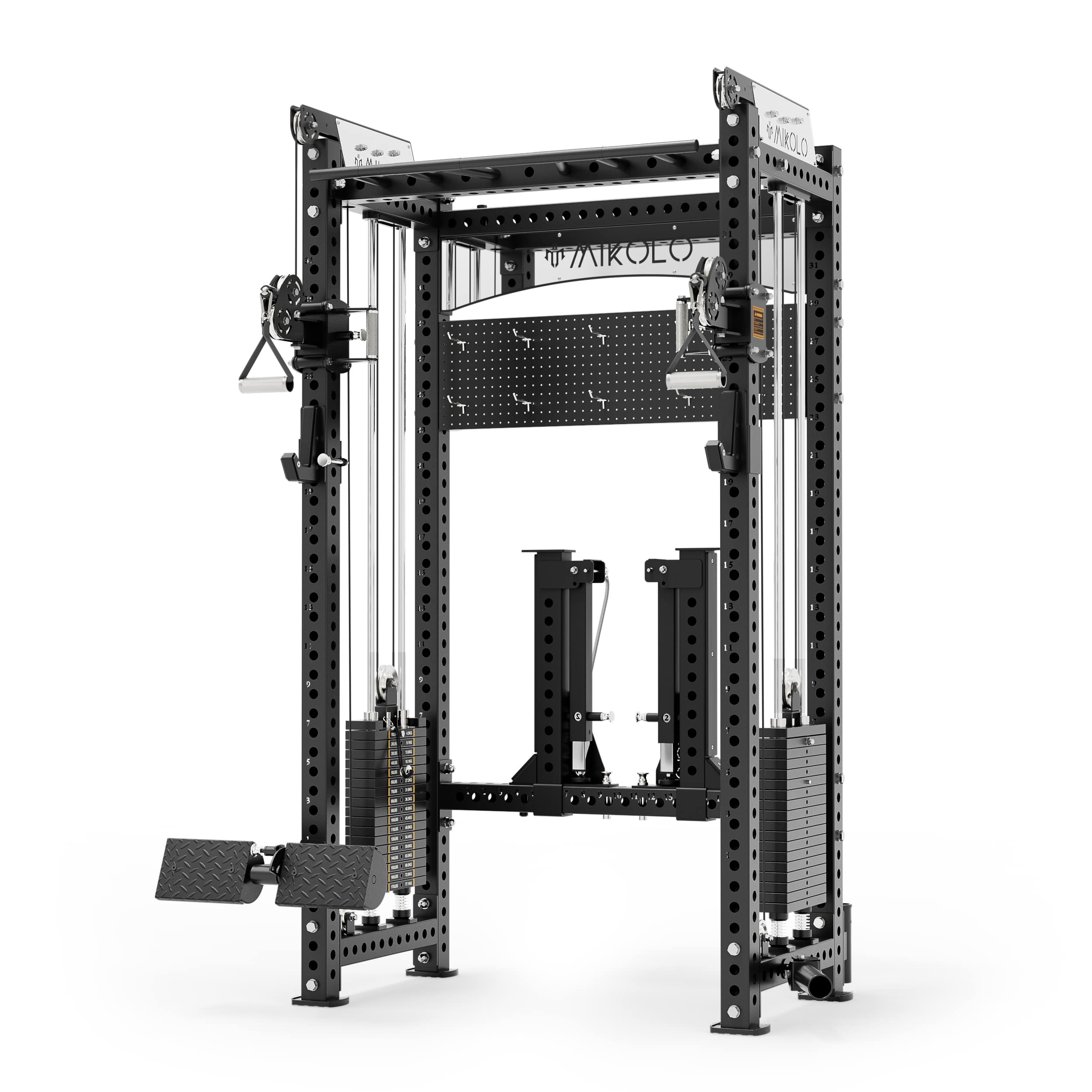
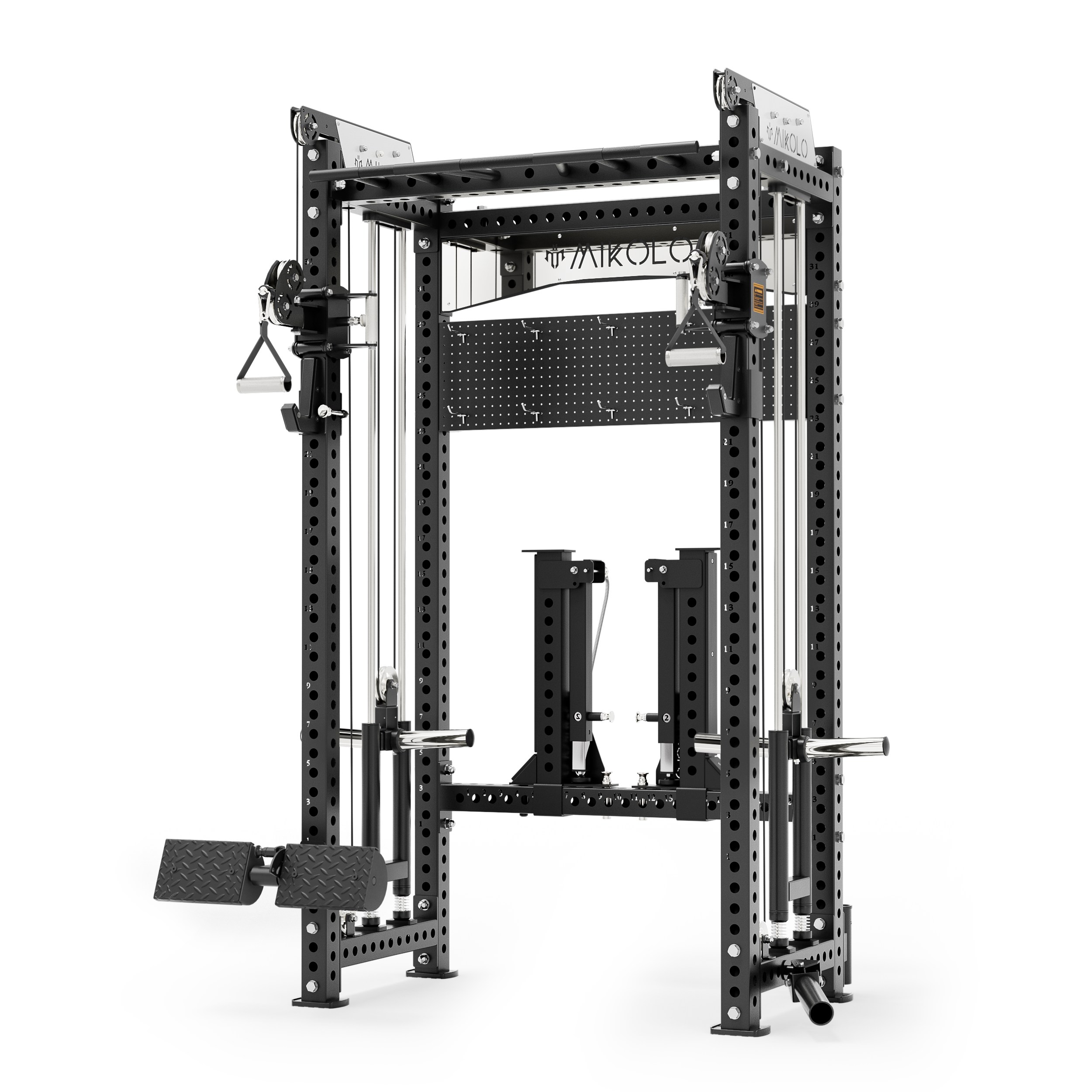
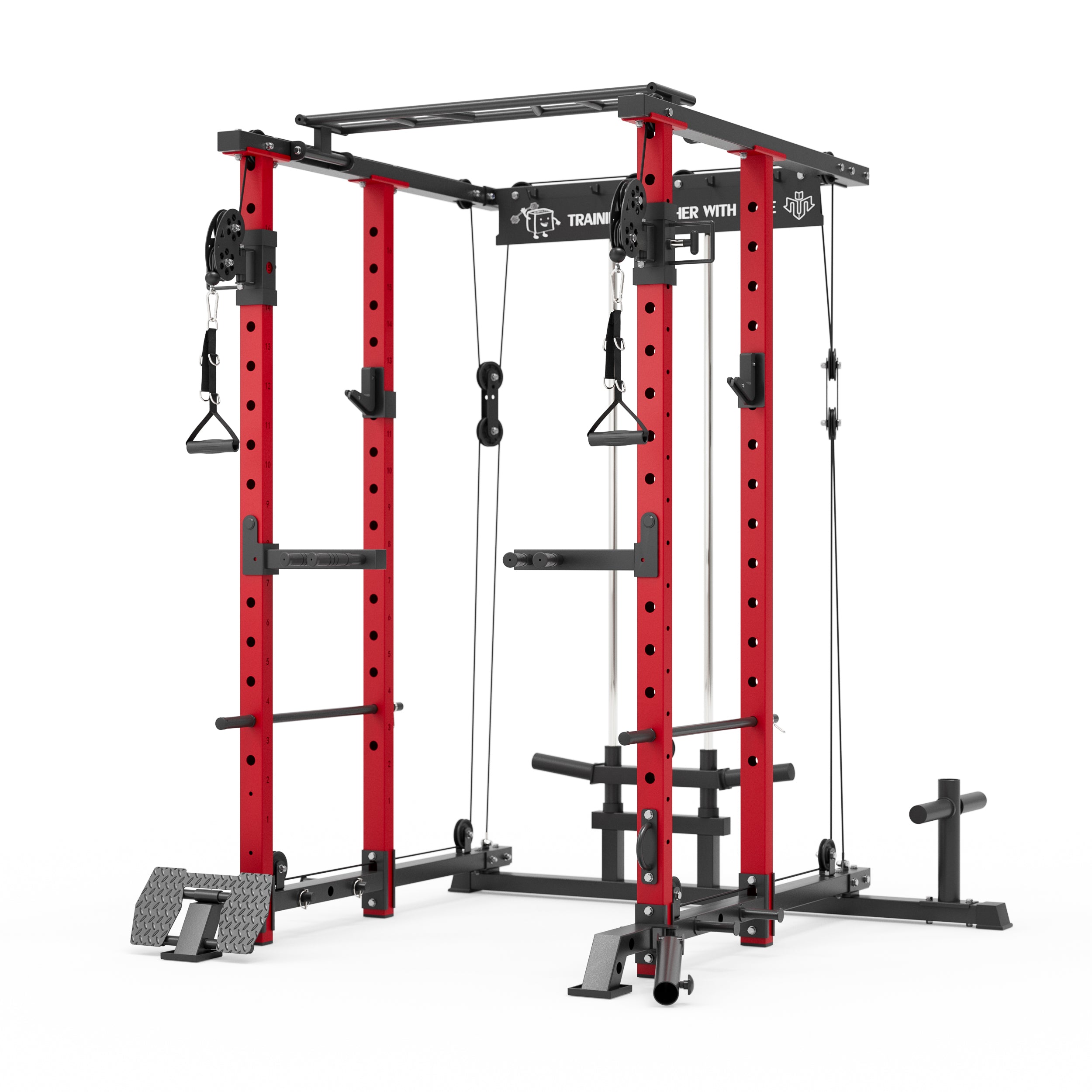

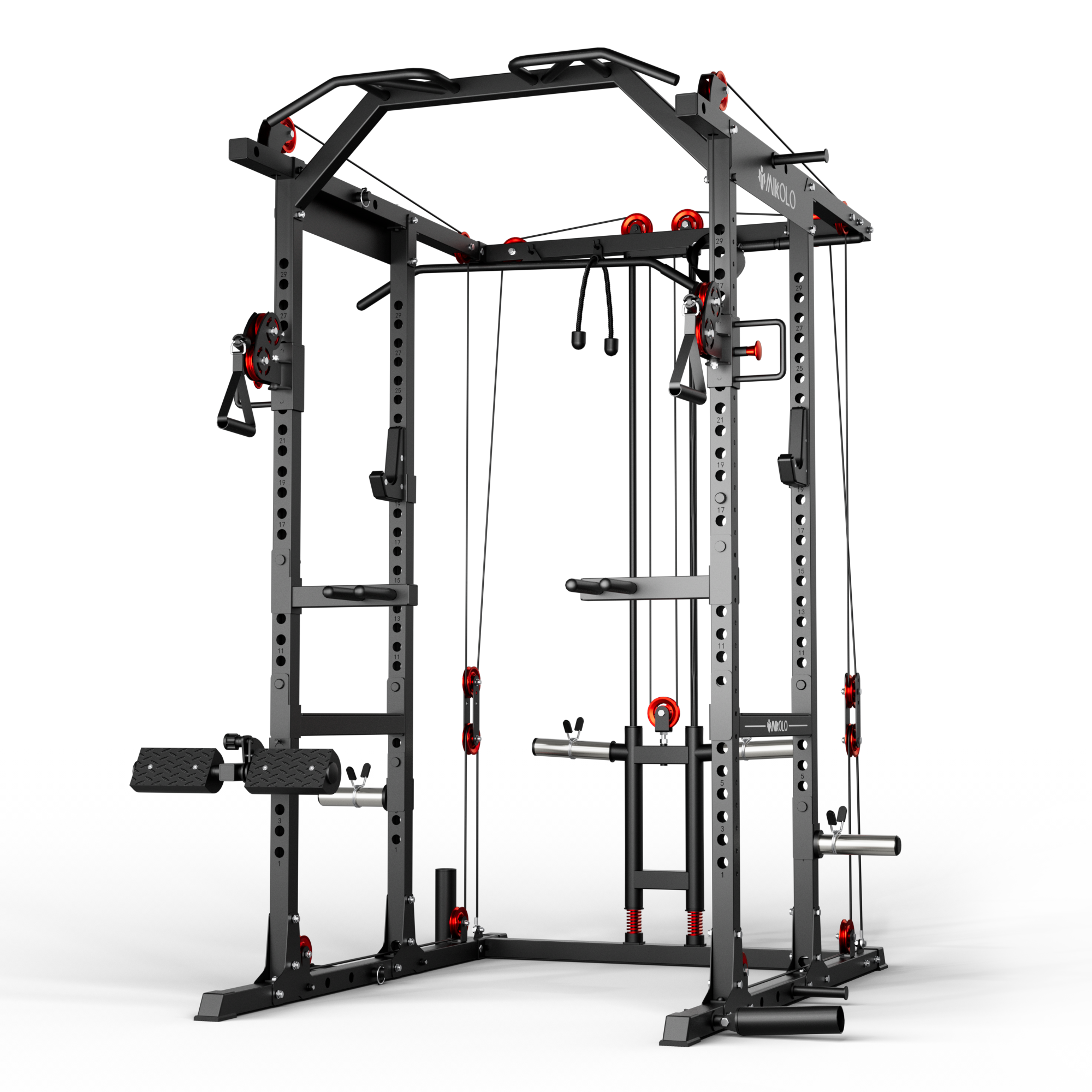
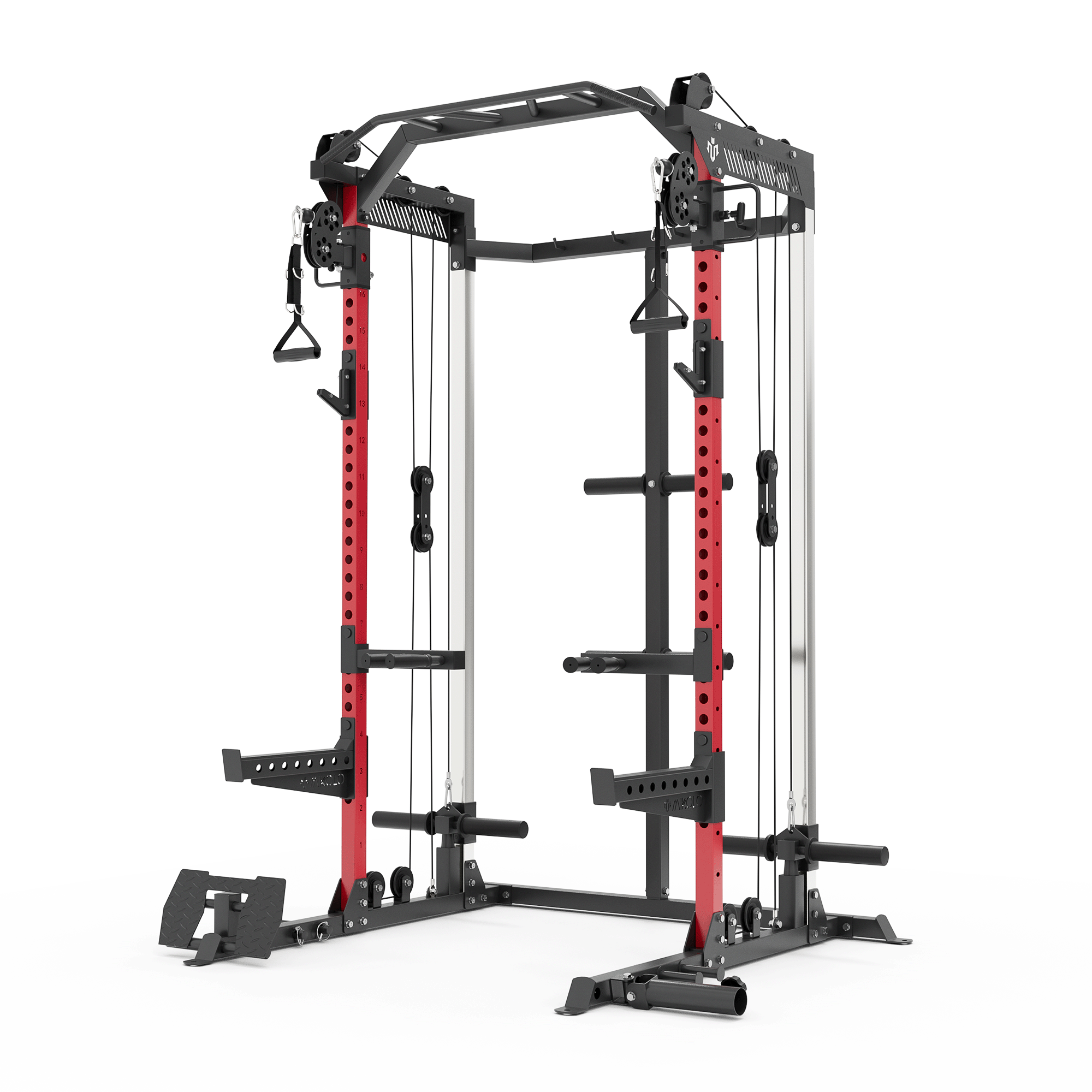

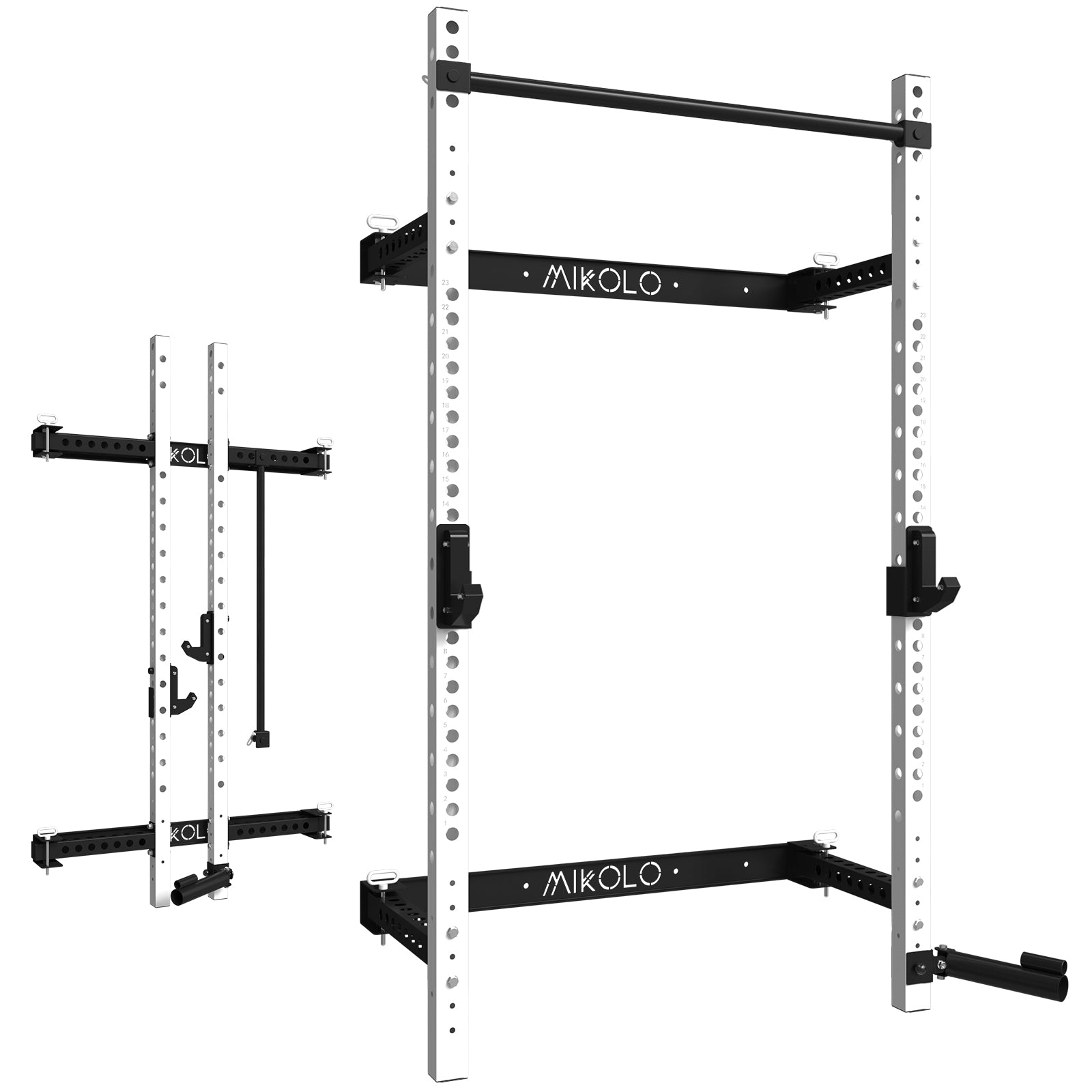


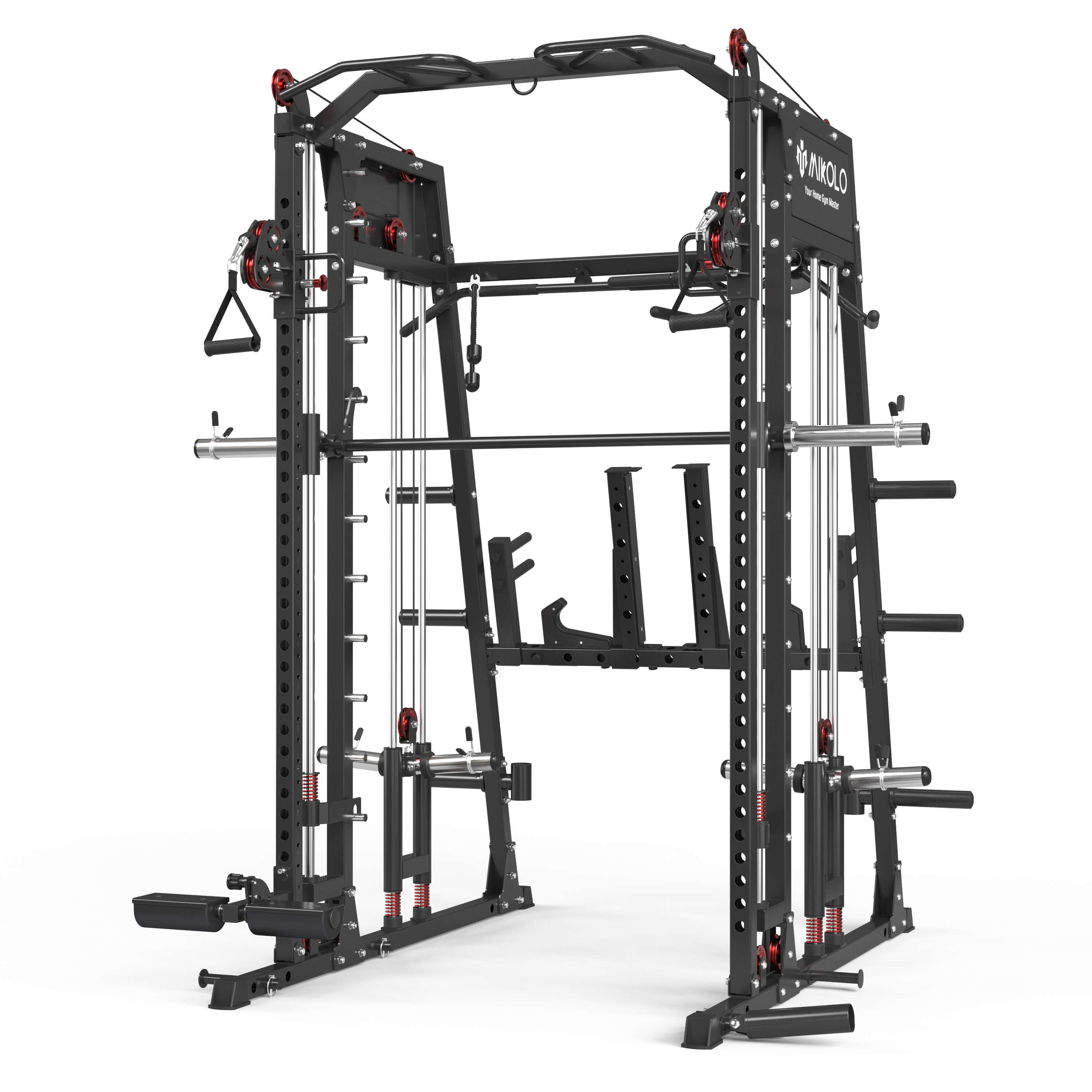
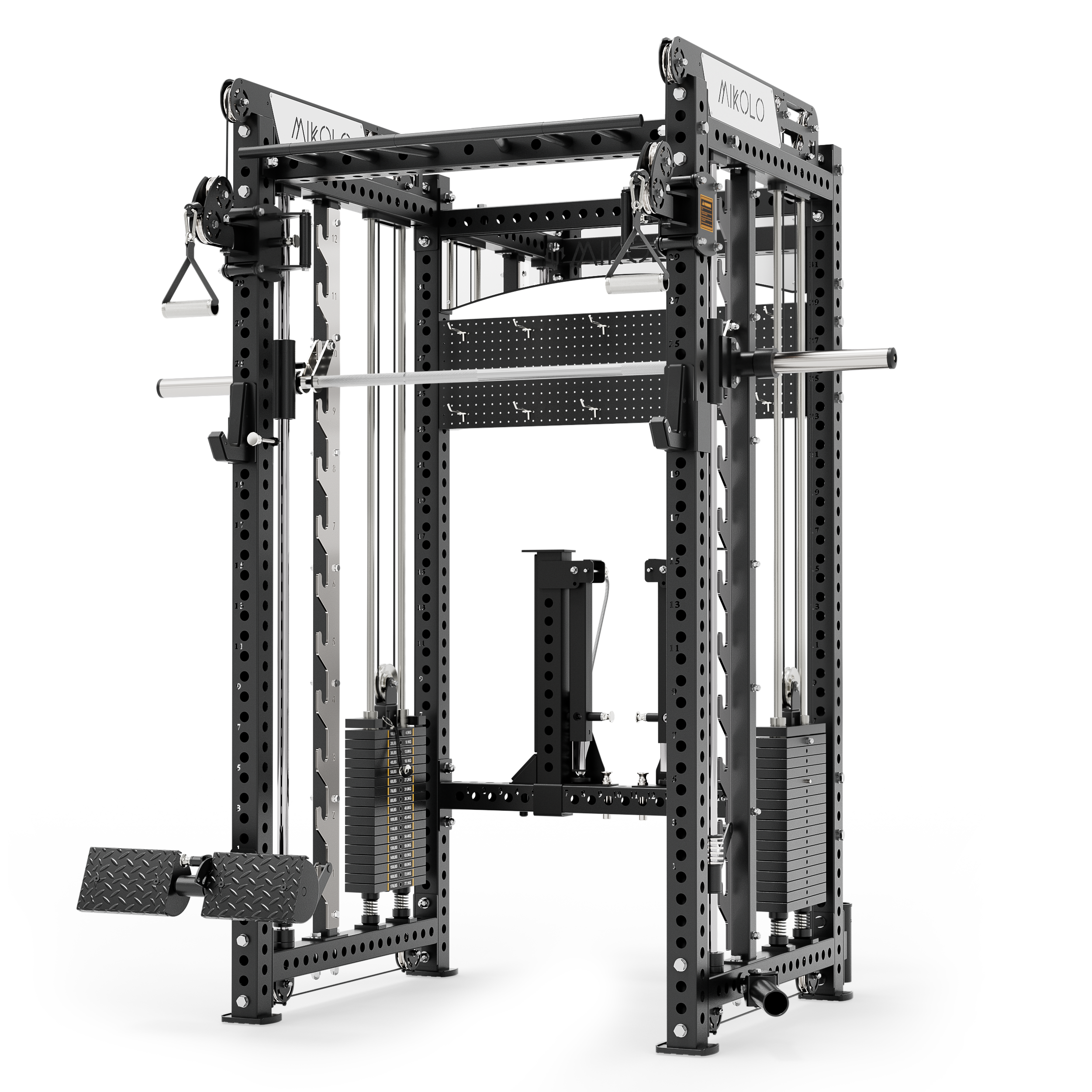
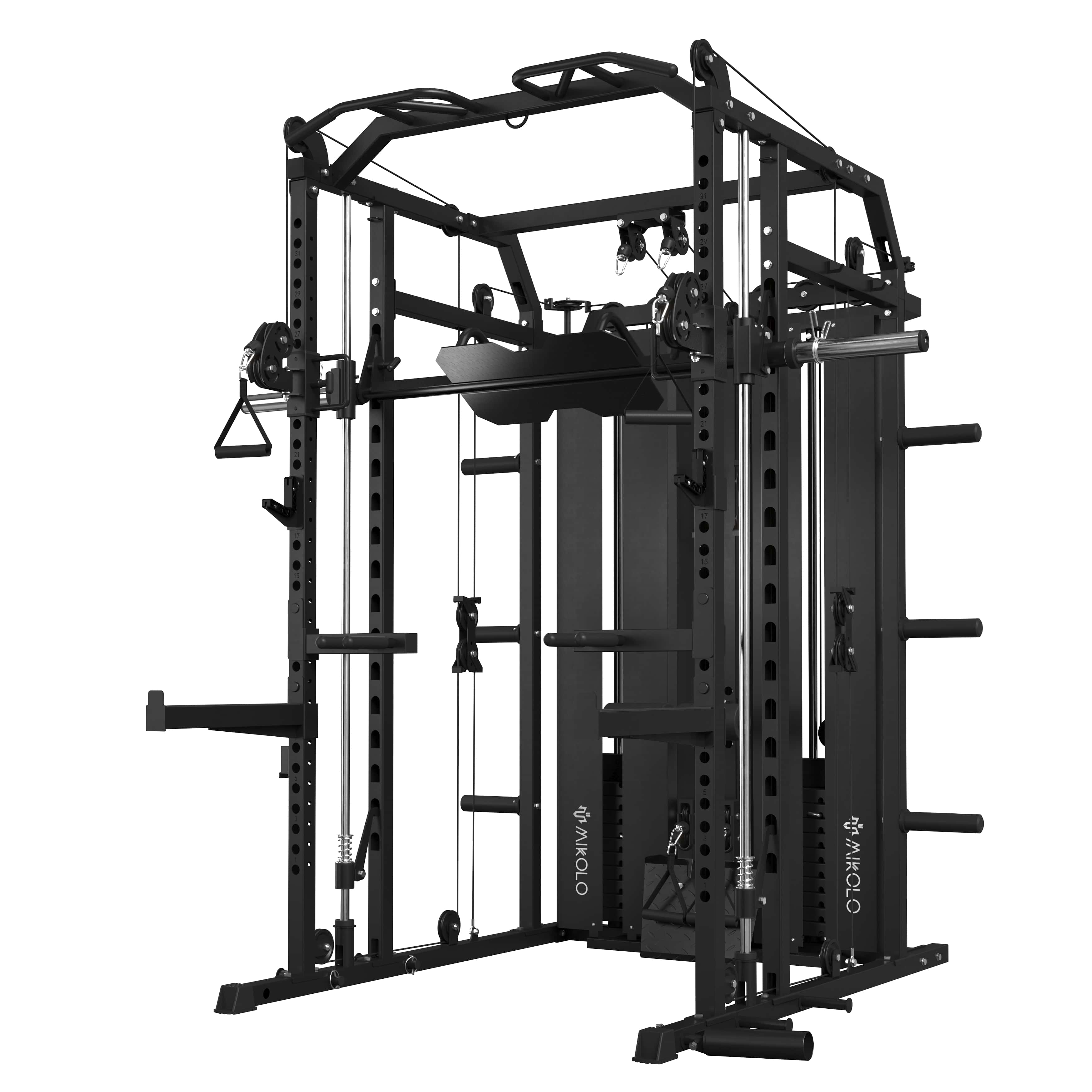
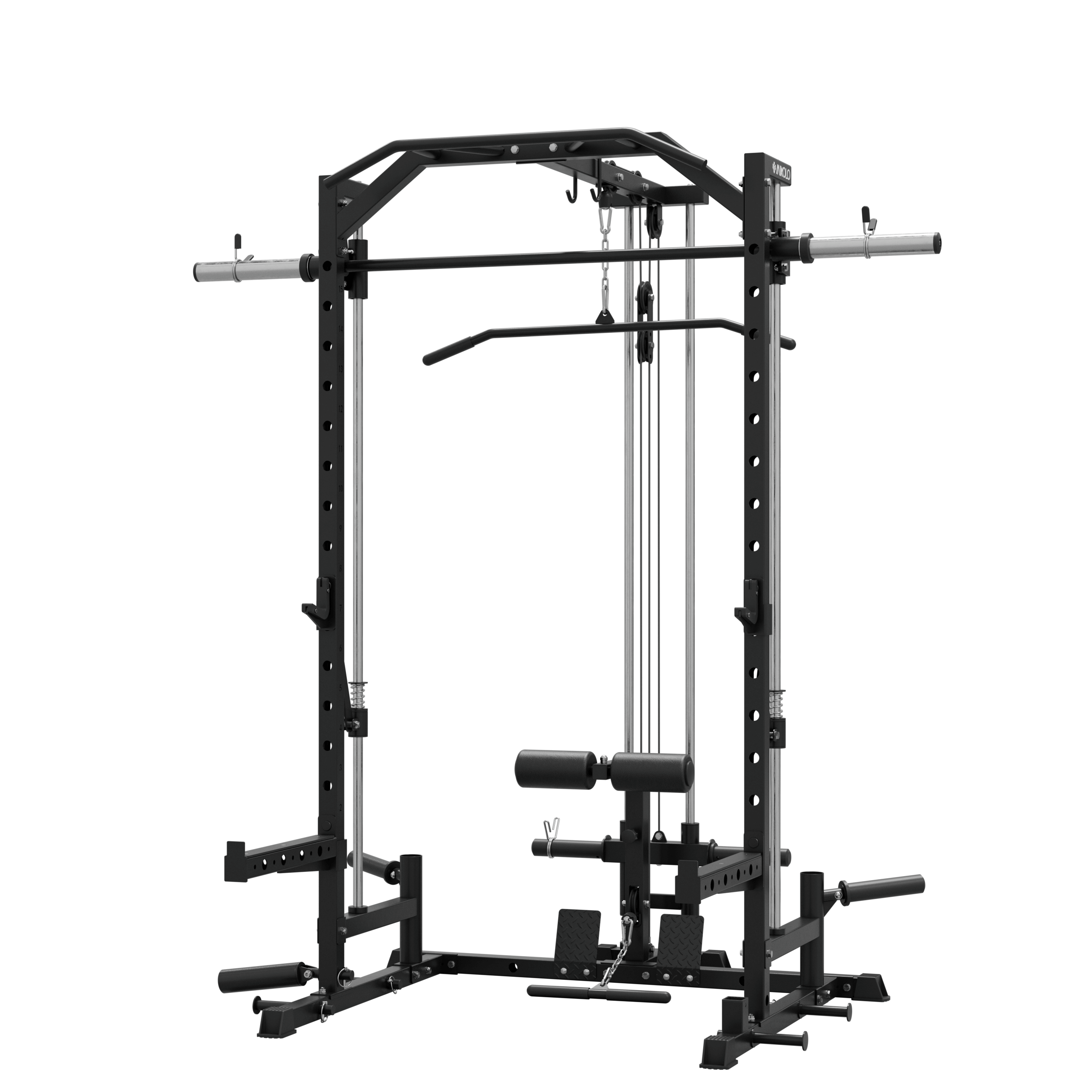
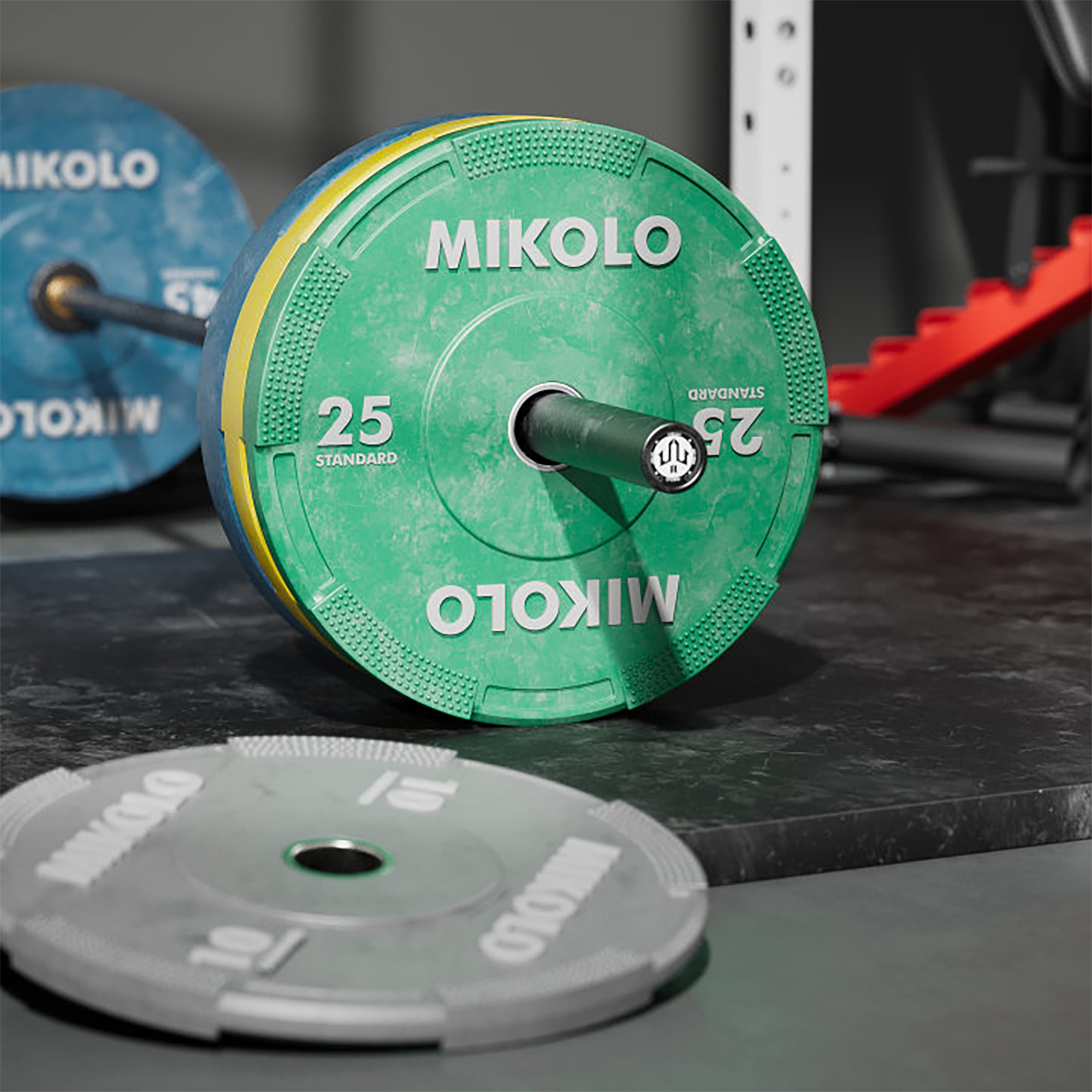
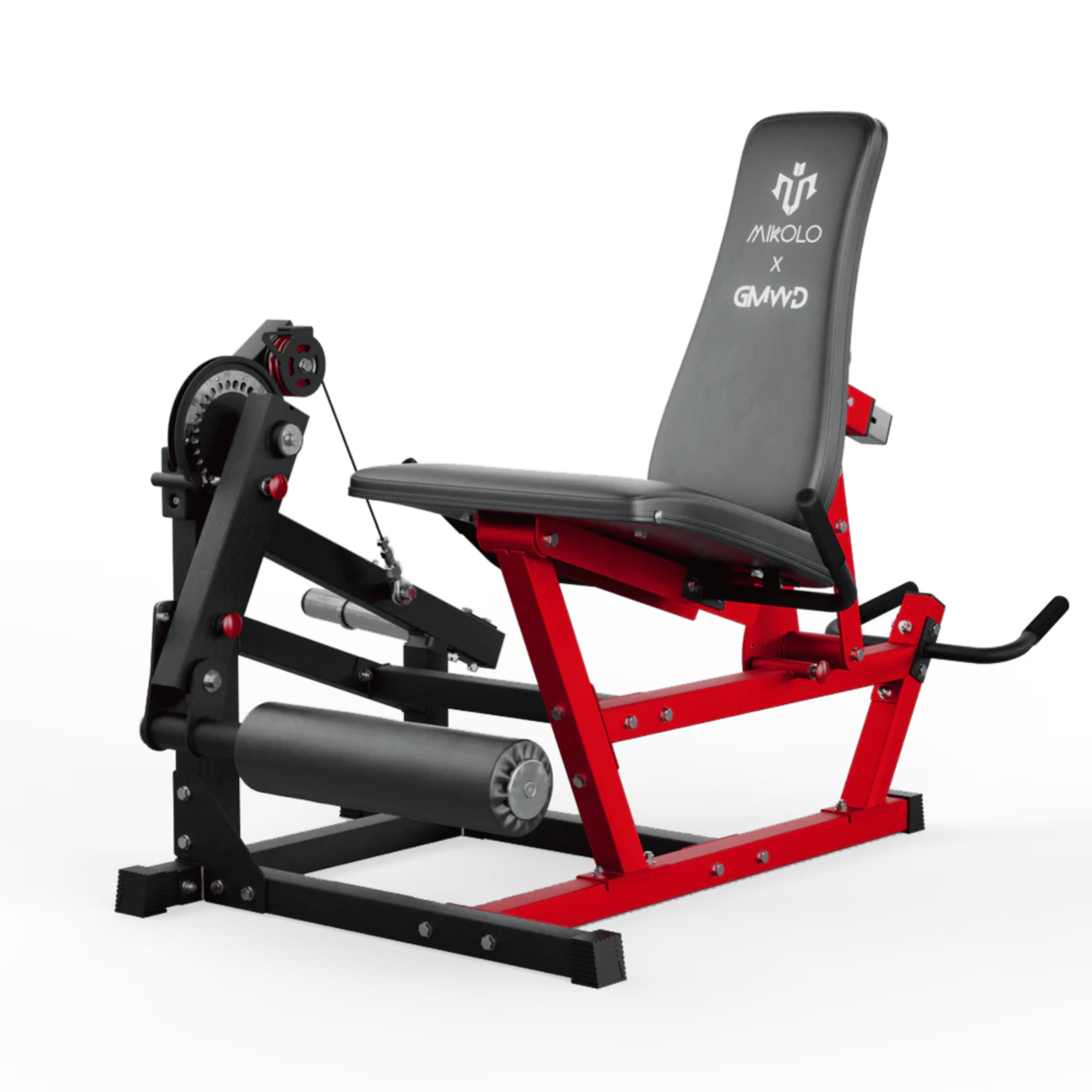
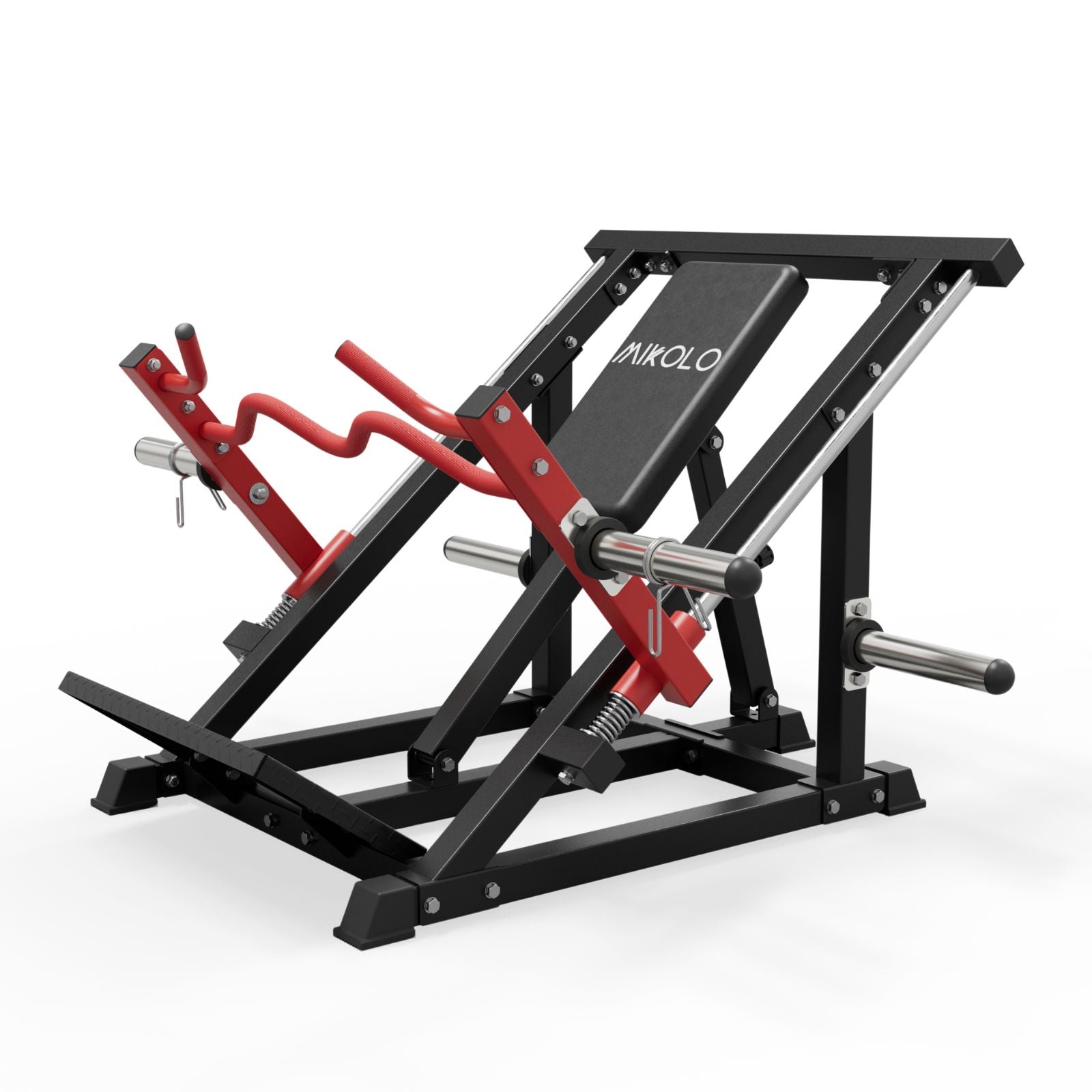
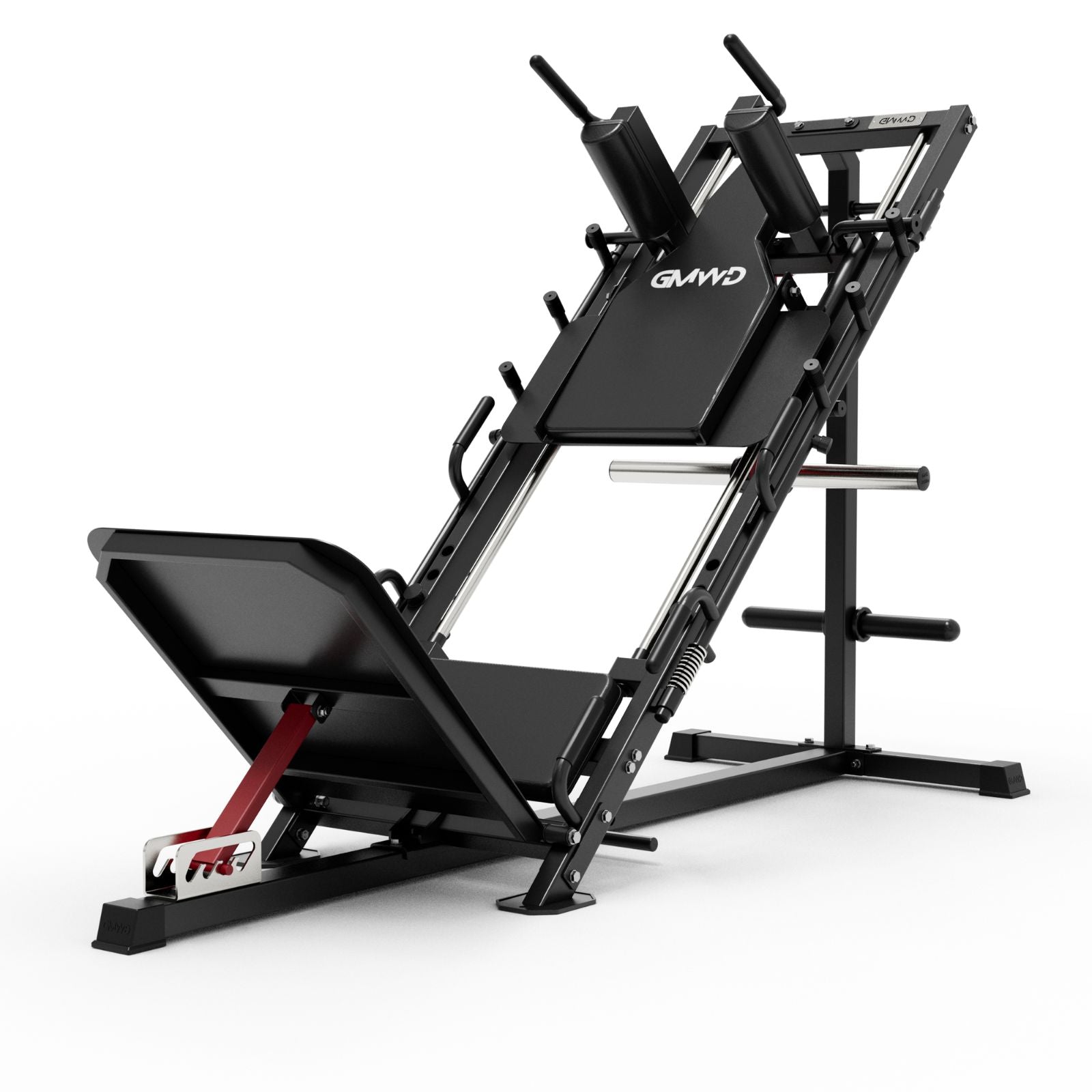


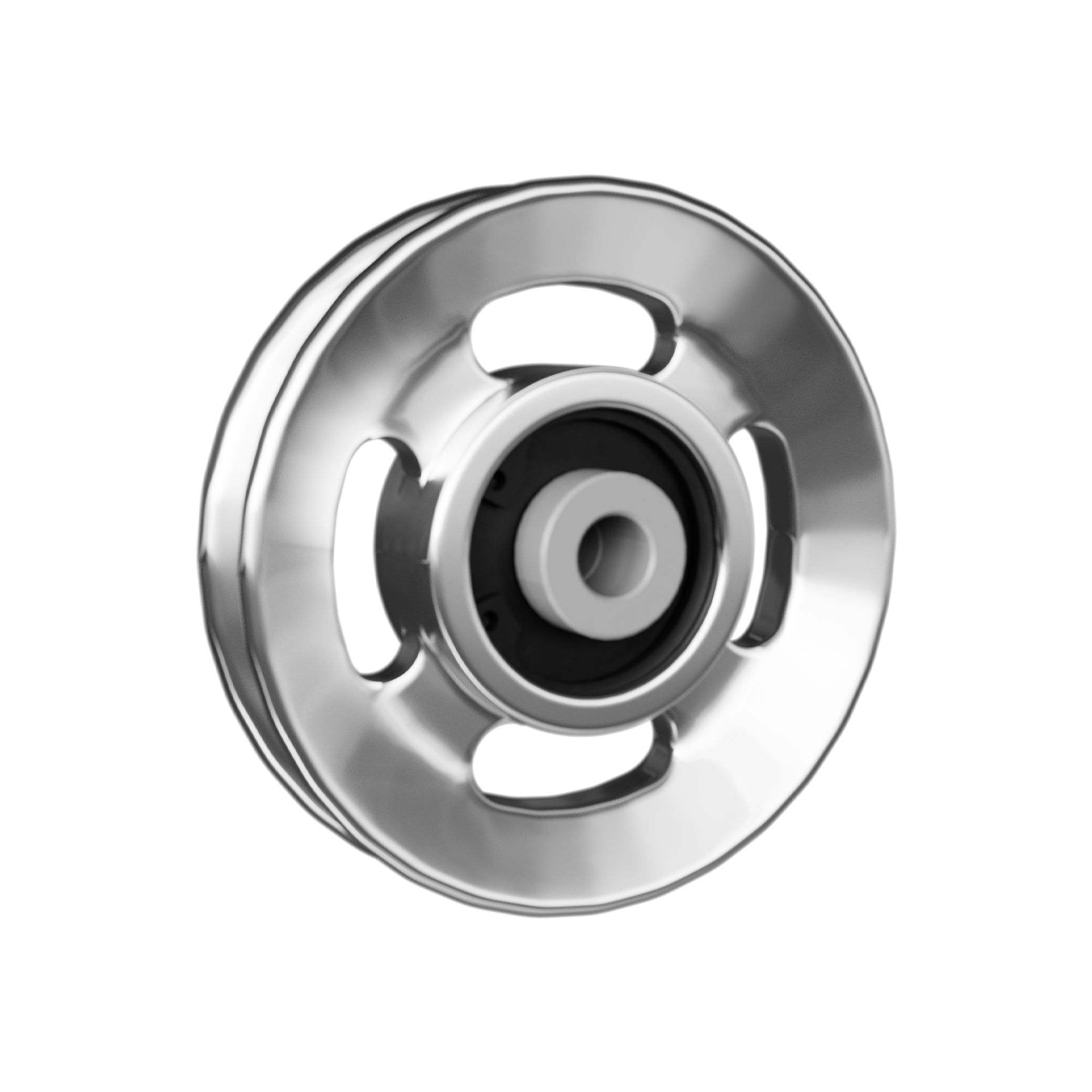
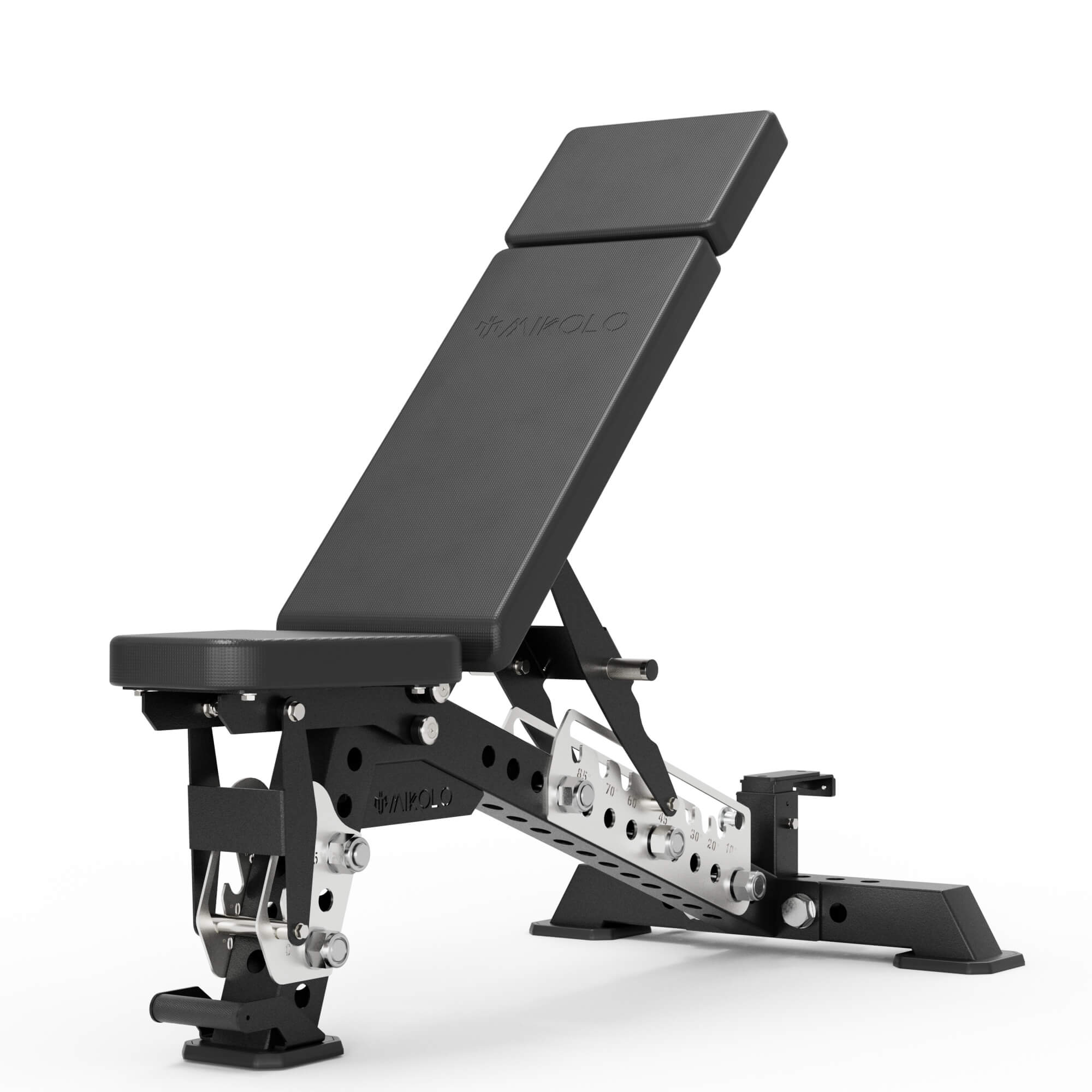


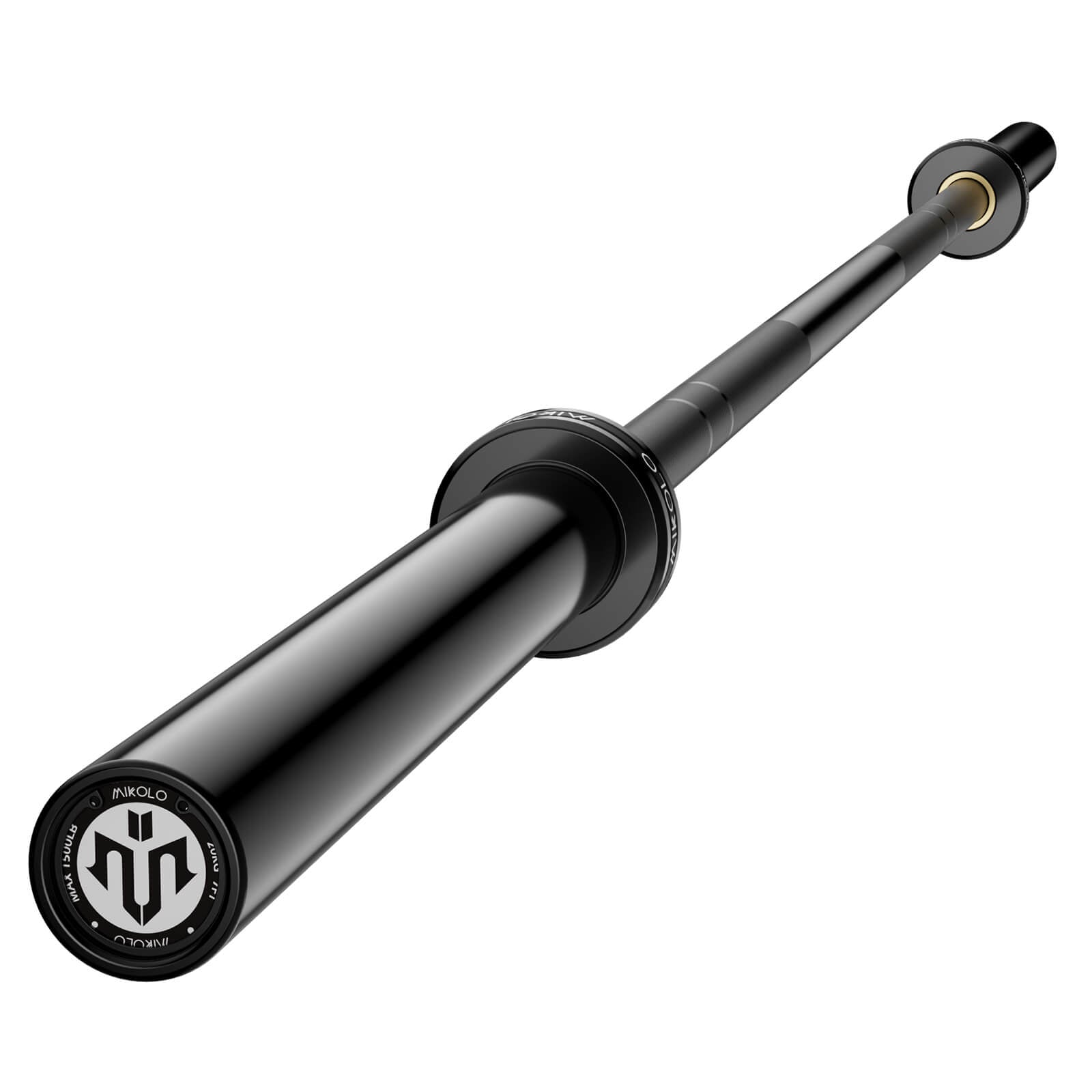

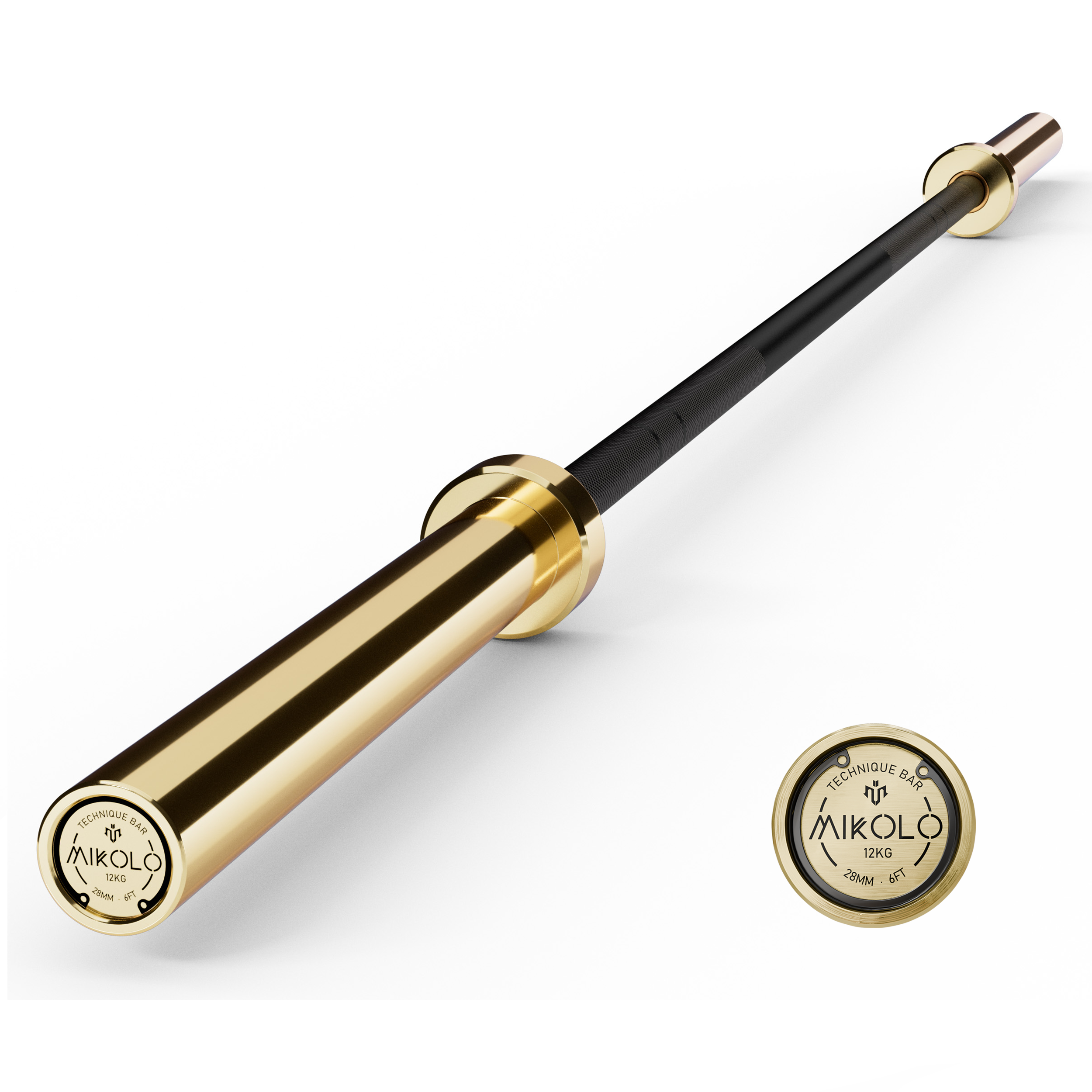
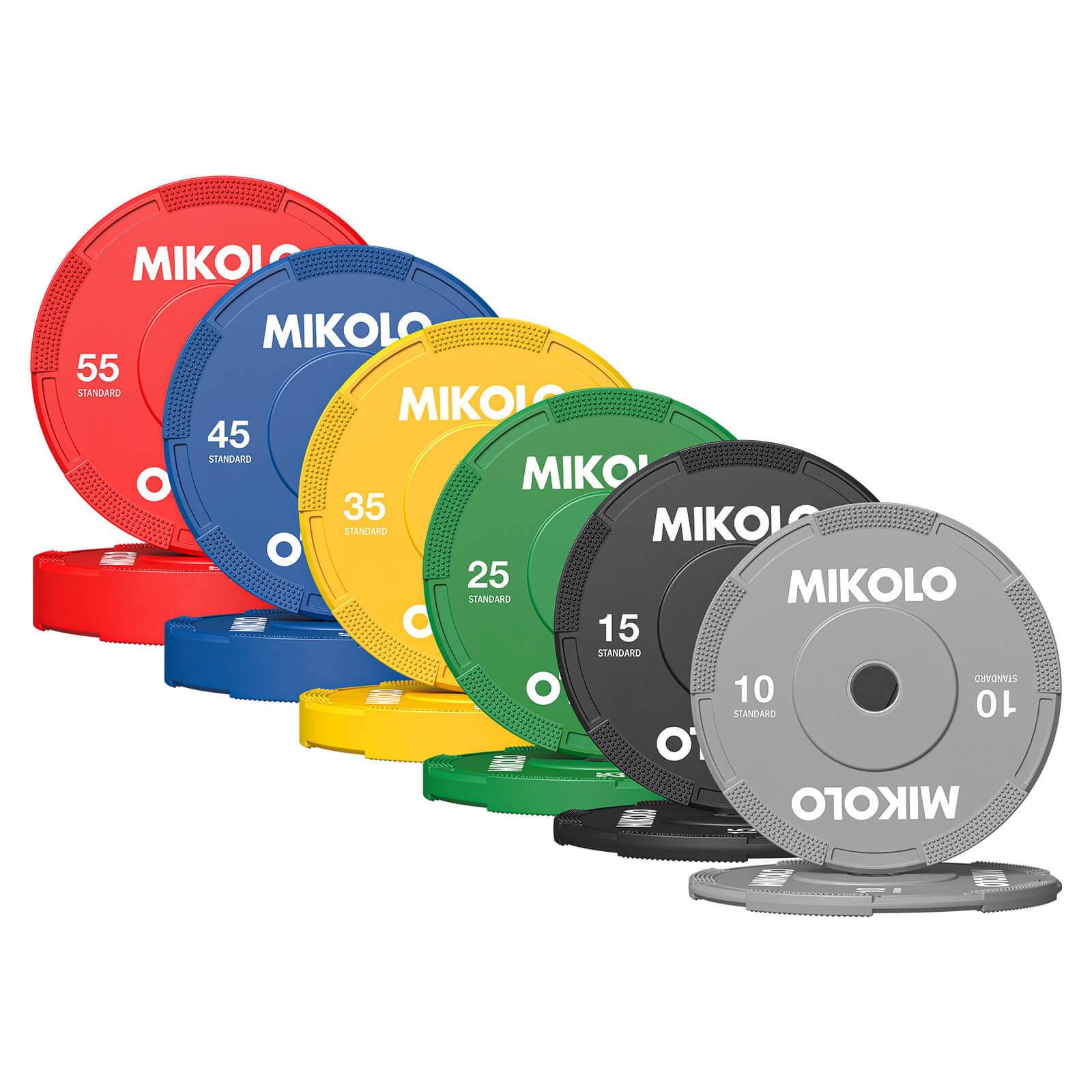
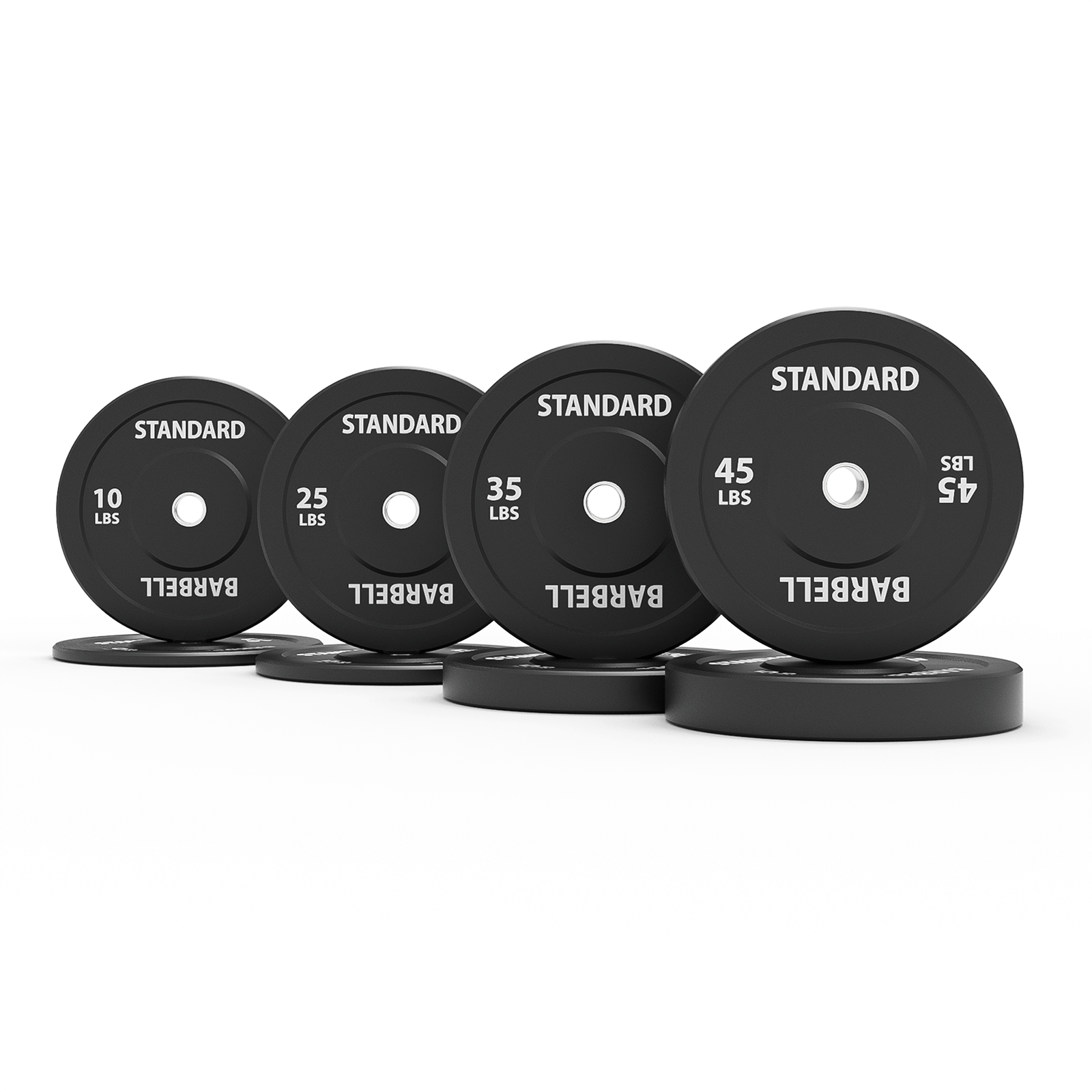

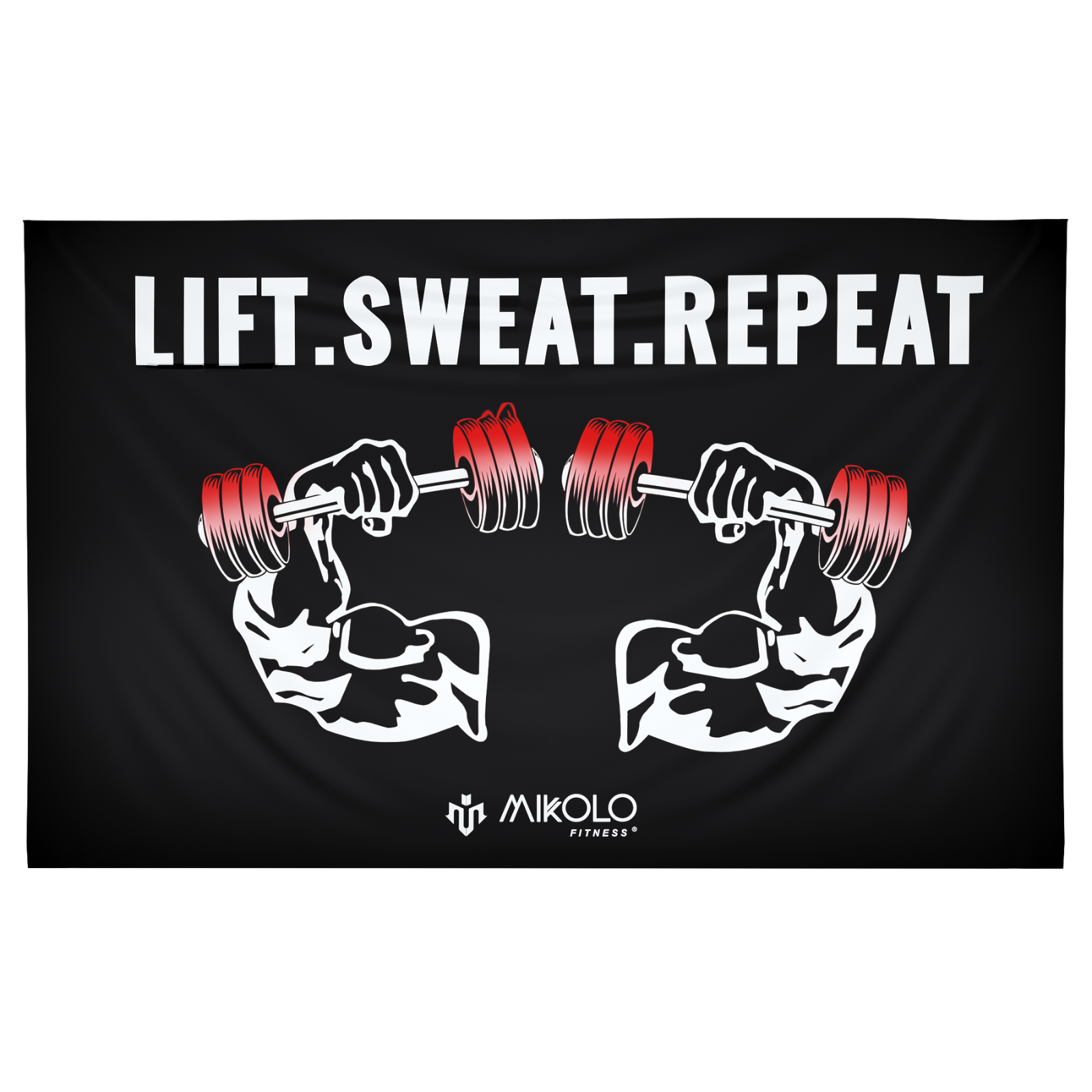

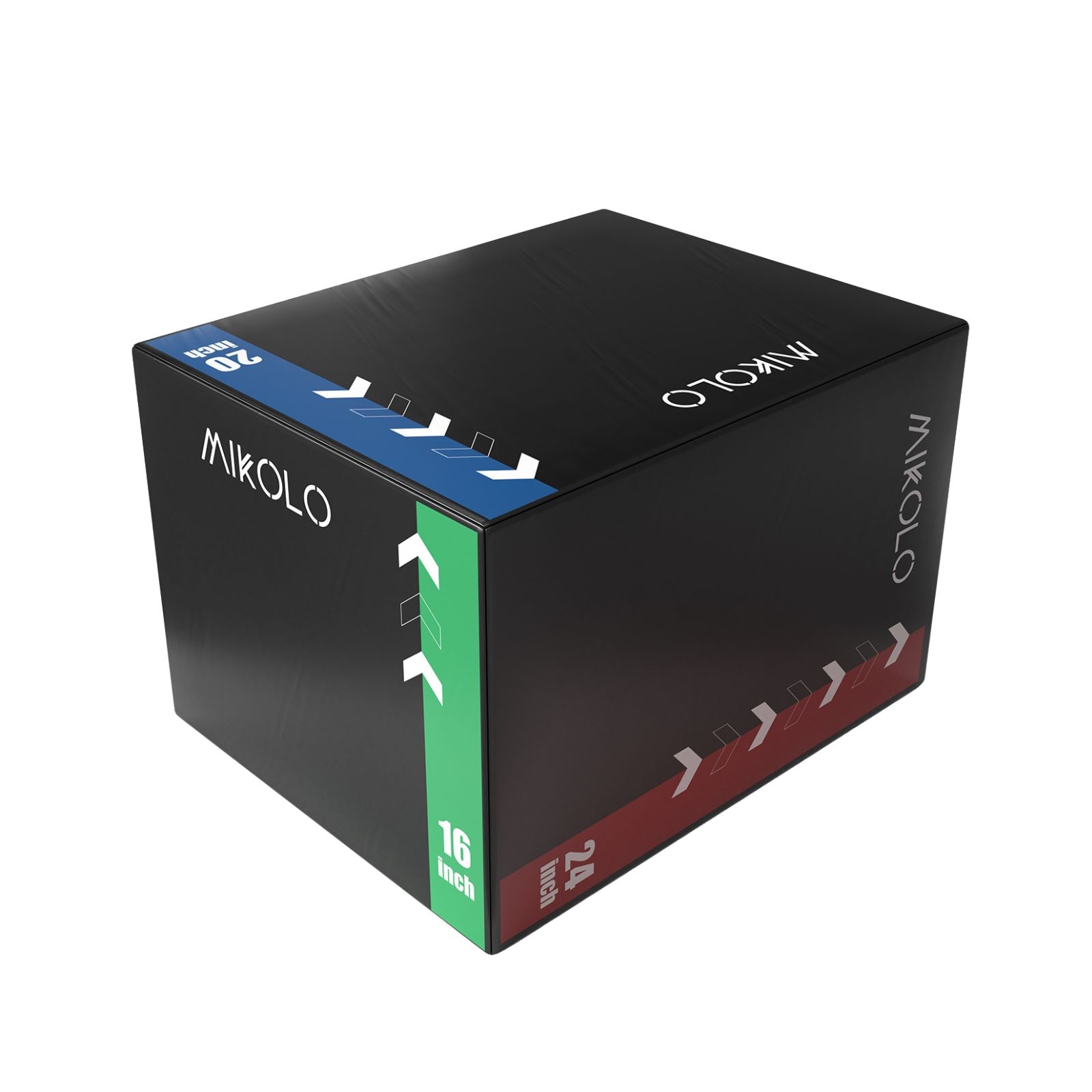

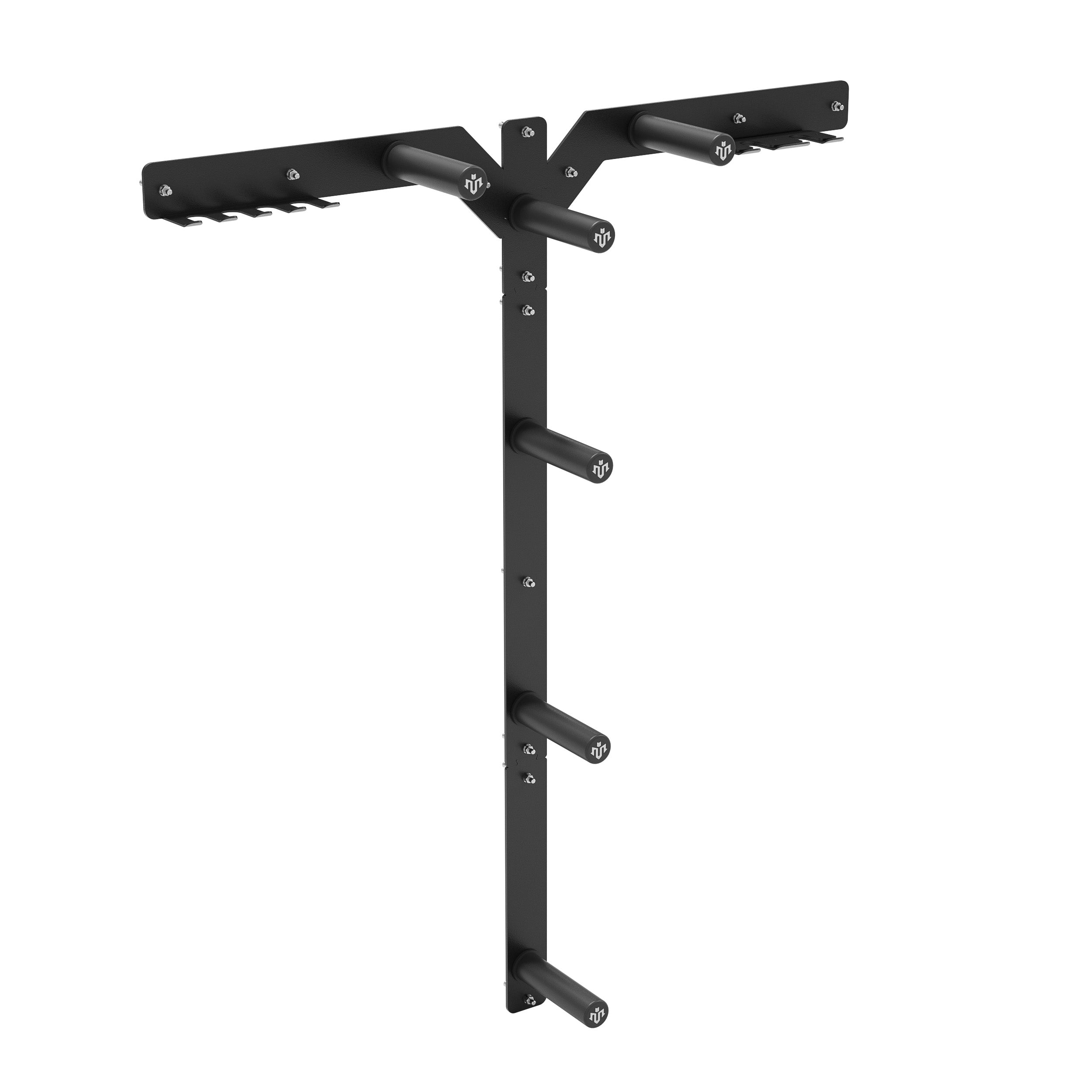




Leave a comment
This site is protected by hCaptcha and the hCaptcha Privacy Policy and Terms of Service apply.